Leaving the Door Open for Theory-Building
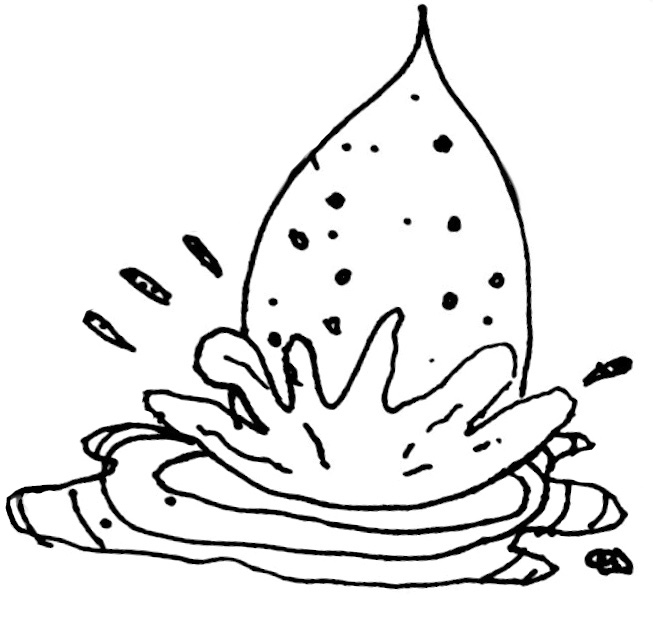
In the story below, I tell about work that the Sitka classroom of third- and fourth-graders did in the Fall from my own perspective as a teaching apprentice. To read about the work through the lens of my mentor teacher, Nicole, read her blog post here.
The first time I watched A Private Universe—a video series produced by the Harvard-Smithsonian Center for Astrophysics that explores students’ preconceptions and misconceptions around science —I felt paralyzed. The video shows high school and college students who struggle to understand scientific concepts because they constructed their own incorrect theories at a young age. These “private theories,” says the video, stay with students—even when teachers carefully and slowly explain another theory.
At the time of watching the video, I was a new teacher, just embarking on teaching third grade science—and I was terrified. Instead of calming my fears, A Private Universe heightened them. How did I know that I wasn’t at that moment letting children construct incorrect scientific theories that would later hinder their understanding of more complex science concepts? I had gleaned from the video that the most powerful theories children hold onto are the ones that they construct themselves, and so I made moves that I hoped would help my students construct their own scientific understandings. But still, I felt a nagging at the back of my mind. How did I know that in my pursuit of helping students construct their own understandings, I wasn’t inadvertently helping them create misconceptions?
It wasn’t until this year when I joined the Opal School faculty in reading the article Beyond the Linearity in Teaching: Learning as Research by Giovanna Cagliari and Moira Nicolosi that I began to see an antidote for my fears. In the article, a class of children returned each year to their own theories about the growth of seeds. Each year they came to the theories as new thinkers with new information, and their theories changed accordingly.
Cagliari writes about the experience:
“If we give time and do not close down children’s research by giving answers, if we recognize that they and we are in continuous research, if we collect and gather up the children’s ideas and throw them back to the children, the children will naturally return to their own thoughts, and they will re-elaborate their own theories in a more and more complex way.”
This year in the Sitka classroom, I have watched as my mentor teachers Nicole and Mary Gage step into Calgliari’s shoes and practice “gathering up the children’s ideas and throwing them back to the children,” so that the children grow their thinking themselves.
In the Fall we spent weeks creating our understanding of the term “watershed”. Mary Gage and Nicole invited the children to participate in science talks, theory-building and offered access to new information through hikes, maps, definitions and work with materials.
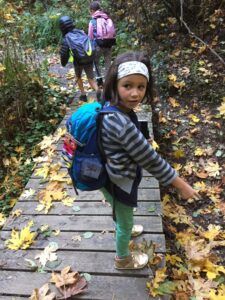
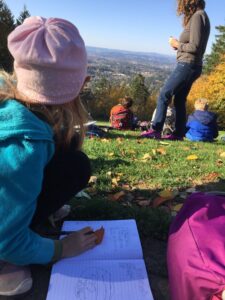
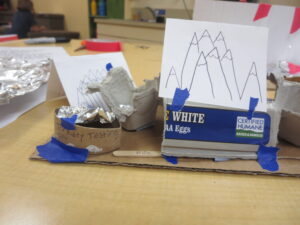
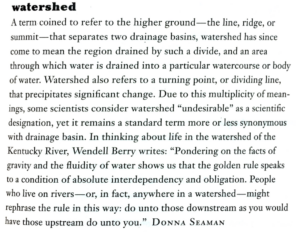
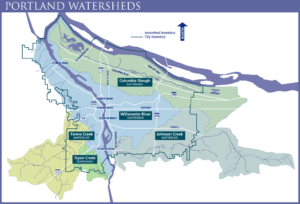
And with each new experience, they encouraged the children to ask questions…then ask more, until we are almost swimming in our wonderings. Below are just a selection:
Does there have to be a ridge dividing a watershed?
What happens when watersheds meet….do watersheds meet?
What counts as a watershed…is this small divot in the ground a watershed?
How do we impact watersheds and how do watersheds impact us?
Do rivers meet in the watershed?
How many watersheds are there in Oregon…in the world?
Acknowledging and encouraging these pages and pages of wonderings signified to the children to keep the door open on the theories they were constructing–to continue to ask and wonder, so that no theory ever felt final, no fact ever replaced their thinking. It also became a window through which to view the children’s thinking at that moment in time–what schema do they already have in place in order to be asking that specific question? We have certainly returned to some of these questions over time with the prompt, “Do we know any new information that helps us answer these questions?” However, many questions remain unanswered.
If children are allowed to view science as an open notebook to which they can return over time—scribble new information, cross out theories that no longer make sense, and seek new connections between what they have seen before and what they now know—then their “private theories” are no longer hidden. They are explained, explored, manipulated and most importantly of all—considered, questioned, and revised. If we as teachers trust that–given time and opportunity–children have the agency to re-construct their knowledge, then we do not need to fear the private universes that children construct for themselves.
As I write this blog post I am aware that the process– returning to old theories and revising them–is happening for me at this moment, around my own teaching practice. Here I am, revisiting a video I watched four years ago, taking another crack at the implications it has for me and my students. I’m curious–as a teacher– how do you keep the door open for your students’ theory-building…and for your own?

Mauren, I love reading this eloquent post! Thank you for your courage in writing and for sharing this reflective story. I completely relate to this: How did I know that I wasn’t at that moment letting children construct incorrect scientific theories that would later hinder their understanding of more complex science concepts? and felt reassured by your thoughtful last paragraph.